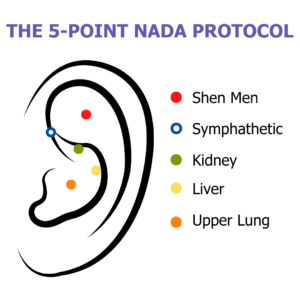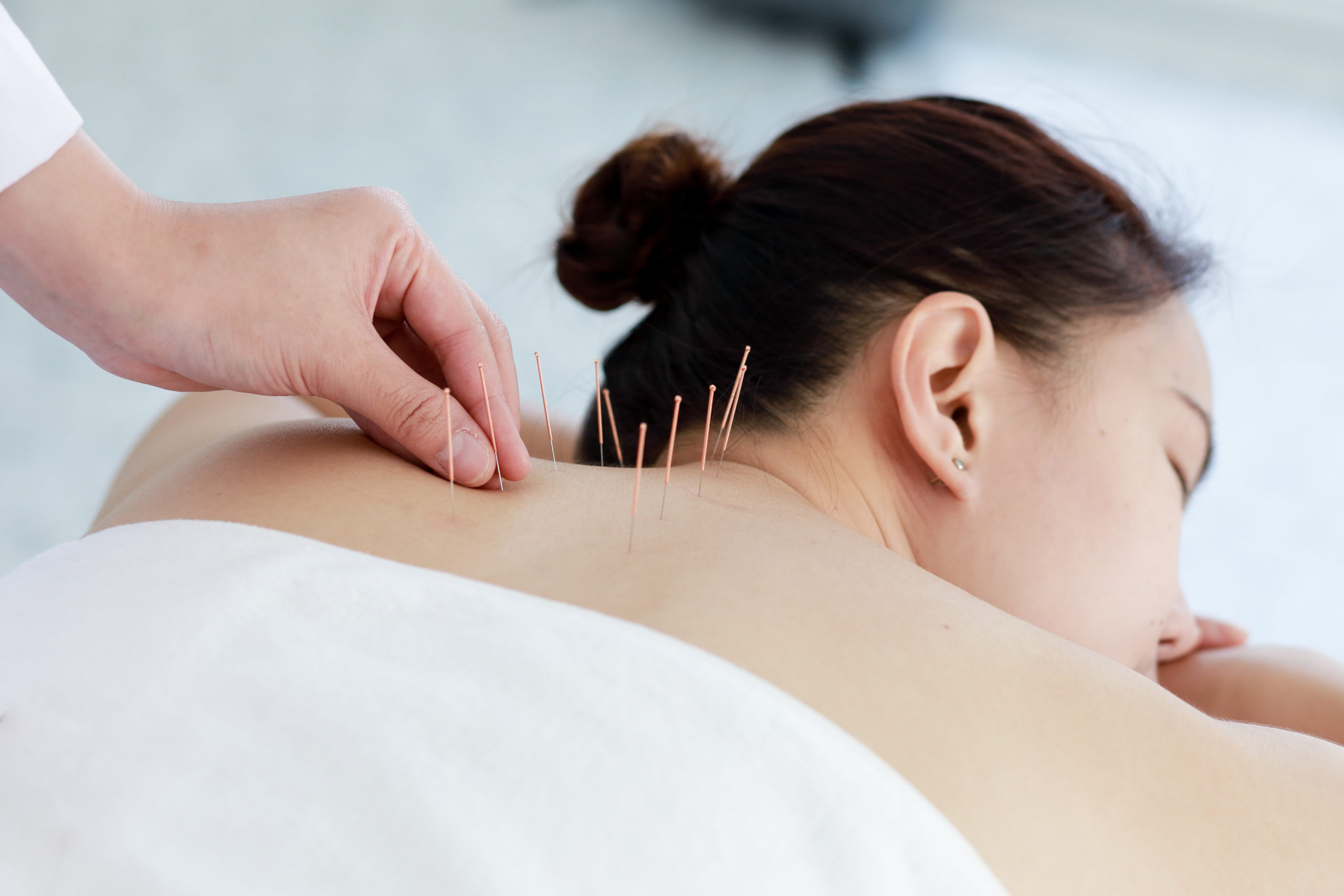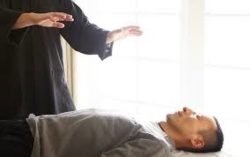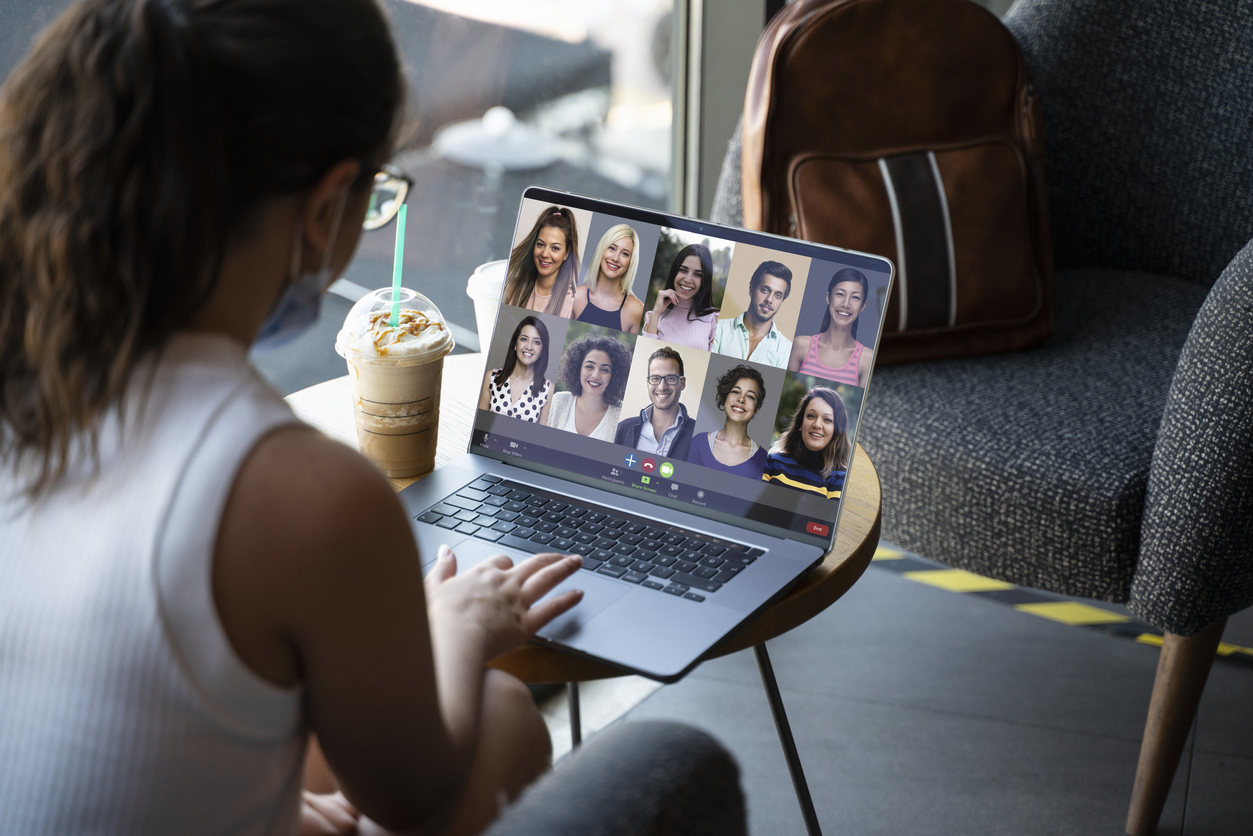The Enduring Legacy of the NADA Protocol
| By Nick | 0 Comments

In the 1970’s following the civil rights movement, the Vietnam War and soldiers returning home, communities all over the United States were suffering – especially marginalized, lower income Black, Brown and BIPOC communities. In the South Bronx in New York, people were suffering in the wake of preventable diseases because of a lack of access to healthcare. In an act of resistance, these communities began taking their health care into their own hands.
It was there that community leaders began to mobilize, and an empowering spiritual and social revolution began. Through the studying of alternative methods and utilizing the whole person approach to healing (addressing body, mind, and spirit) that is core to many indigenous cultures, the protocol was developed. Led by the Black Panther Party and The Young Lords, activism, empowerment, and the use of alternative health care helped to propel these communities into a different and viable model for social consciousness, health, and healing. The study of acupuncture was central to this model and quest for health equity.
Care was offered in what developed to be the Lincoln Detox/Recovery Program, where Dr. Michael O. Smith served as medical director and a major ally for the social consciousness and activism that was created within this annex of Lincoln Hospital. Serving as a drop-in community center that also provided medical care, Dr. Smith spearheaded more publicity and recognition around the need for care, and for the demographics served in this community. There, one would take a seat in a healing circle and receive 5 tiny needles in each ear. Through this treatment, the 5-point protocol became a powerful tool for social change and consciousness.
The 5-point protocol, also following the theory of the 5 elements, decreased cravings, anxiety, quelled anger, settled the nervous system, assisted with movement through grief and calmed the heart/spirit. Individuals received an opportunity to re-set, resolve and restore, raising their individual vibrations and that of the communities to which they belonged. Opportunities to build hope and start again were created. Changes began to occur and moved concentrically to families, to neighborhoods and into communities. The healing occurred one person at a time and continues.

The protocol addressed a myriad of physical and behavioral health concerns and focuses on wellness and the art of being well, moving with intention, and practicing the art of listening and stillness amid chaos. The following are the spiritual descriptions of the 5-needle protocol:
- Point #1 – The Sympathetic Point – This Earth point correlates to serenity and works to calm the sympathetic and parasympathetic nervous systems. It provides the calm and peaceful knowing that comes without doubt or scrutiny. It soothes the spirit, provides serenity (yin time); relieves fight, flight, freeze and fawn, and provides inner security. It slows the mind, calms circular thinking, and guides the body away from being reactionary and provides movement towards responsiveness. It brings forth the relaxed energy of late summer. This Earth point’s gift is empathy and creates firm ground to care for oneself and for others with grace and compassion.
- Point #2 – The Shen Men Point – This Fire point, known as “Spirit Gate,” engenders a greater connection to self and others. It oversees the body’s circulation, the movement of blood, and the heart’s ability to love, exercise self-control, and communicate. It ignites the joyous energy of high summer. Love and a light heart are the gifts of this Fire point as it helps to guide us in how we circulate with ourselves and with others. It helps us foster a deeper relationship with ourselves as a bridge to deepening relationships with others and helps us to self-reflect and analyze our ability to be one with ourselves as a gateway to our connections with others.
- Point #3 – The Kidney Point – This Water point helps to balance fear and courage, while providing calm and peace in the presence of “not knowing all the answers”. Its correspondence with winter’s powerful, yet quiet energy, helps to create a deep connection with both one’s ancestral wisdom and one’s inherent power. In balance, it provides us with the will to get through all difficult passages and has the fortitude to provide energy to fuel us through the most difficult challenges. This water point’s gift is stillness and intentional listening which help us to recognize the power of our inner knowledge and intuition, and the fortitude and will to move through difficulties with steadiness and strength.
- Point #4 – The Liver Point – This Wood point is a conduit for the expression of free-flowing emotions and helps to clarify our thoughts. In balance, it allows for vision, creativity, hope, and planning. It assists us in seeing things outside of the box and to see things from different angles, giving rise to different considerations. Its spring energy reawakens the promise of tomorrow and increases the possibility for growth and change. One’s ability for transformation comes from this energy and helps to keep life moving forward. Hope is the gift of this Wood point.
- Point #5 – The Lung Point – This Metal point is associated with the ability to keep what is valuable and to let the rest go — physically, emotionally, and spiritually. In doing so, space is provided for greater possibilities. Its corresponding season is autumn, and its connection is with grief and awe. Acknowledgment is this Metal point’s gift, inclusive of all things that have come before and passed. In balance, it allows us to navigate transitions, no matter how difficult, knowing that we must surrender to what is, and continue to move forward with life, in harmony. This point assists us with the true practice of moving with the rhythm of life: taking in and letting go, as we do with breath.
The 5-needle wellness protocol is meant to support us throughout the day by bringing ease to life, privately, in community, and in whatever life circumstance or daily occurrence we find ourselves. We experience benefits such as better sleep, balanced mood, reduced fatigue, decreased pain, etc. This brings forth balance, ease, and peace. Treatments can last 20-45 minutes per encounter and can serve by being incorporated into one’s lifestyle/daily activities. It is geared toward daily activity/meditation and ongoing recovery. Whether by individual treatments or as a long-term goal or aspiration, one’s willingness and ability to be amidst stillness, creating a serene place, and allowing the heart to speak, as one listens, increases.
As a result, in 1975, co-occurring with the beginning of the Traditional Acupuncture Institute (now MUIH), the National Acupuncture Detoxification Association was born and began serving as an educational and advocacy-driven organization. NADA is committed to training community leaders, members, and a variety of systems of care, on the social impact, necessary healing and empowerment of individuals that can be actualized with the use of the NADA protocol. The training is inclusive of the organization’s rich history in social change and consciousness and the importance of cultural responsiveness, in all facets of health care delivery. The training shines a light on the systems that work against all communities, contributing to the lack of access to health, therefore barring any semblance of health equity.
Since the NADA organization’s inception, the use of the protocol has expanded. This evidence-based protocol is now used as an adjunctive treatment that works in concert with traditional methods of care addressing a myriad of behavioral health concerns and augmenting positive treatment responses to a host of other medically managed ailments. Its international and national presence is embedded in carceral states, educational facilities, health departments, medical centers, and community centers. Today, the protocol is utilized in the military, the VA (Veterans Affairs), general hospitals and is the foundation for the protocols utilized in Battlefield Acupuncture, Acupuncturists without Borders, and other trauma-informed treatment modalities. It is also a resource used in many settings where health care and wellness delivery occur. The protocol has historically been a gateway to community health, where seeds are planted, self-empowerment begins to sprout, and community liberation becomes the soil from which community growth and well-being can be cultivated.
Because of the Lincoln Recovery Program’s revolutionary roots and status, it became a target for shut down by city and state officials. However, the legacy of Lincoln’s recovery is its power to continue its advocacy through the storytellers that came out of it. The Lincoln Recovery Center with or without walls, continues to impact change. I am one of those people who served there. That is how my acupuncture education began. In the trenches, I saw first-hand the power of transformation. The truth is embedded in history so that everyone recognizes the power of a people, a community when self-advocacy and education is at the core of revolutionary activities. It is truly a powerful movement when education is involved. Knowing what you are up against can allow you to mobilize efforts. That, coupled with the power of spirit, gives birth to all sorts of possibilities and is healing, in action, at its core.
Dr. Michael Smith and Bob Duggan, Founder and President Emeritus of MUIH, were contemporaries and friends. Both were committed to community and saw the healing potential when cultural responsiveness is deeply woven into the process. At the time, other faculty were also involved in weaving commitment to community into the acupuncture curriculum. From the very beginning, elevating all communities has been a part of the fabric of what we do at MUIH. This is a key element as to why so many, including myself, chose to study at MUIH. It is this commitment to the community to be a resource and an ally to the underrepresented and underserved. To be a vehicle for access while providing care in all communities, no matter the socio-economic standing. All communities should have the ability to choose integrative health models that speak to their whole selves. This is why I chose; we continue to choose MUIH.
Acupuncture services are offered at the Maryland University of Integrative Health’s on-site Natural Care Center. In alignment with our commitment to community health and wellness, services are offered at the University’s internal and external clinic sites.
Dr. Sharon Jennings-Rojas is the Department Chair for the Acupuncture and Herbal Medicine Department at Maryland University of Integrative Health. Her 32-year career in the field includes a strong emphasis in community outreach, healthcare advocacy and healthcare access. In addition to her private practice, she also served as an acupuncturist for the Howard County Health Department from 2005 – 2012 and currently serves as the doctor of acupuncture and herbal medicine for the Howard County Detention Center where she cares for residents and staff. She trained as an AcuDetox Specialist at the Lincoln Recovery Center in 1991 and has been a NADA member for over 30 years. She now serves on NADA’s executive board and on the executive board for the Council of Colleges of Acupuncture and Herbal Medicine.
The Community Health Initiative (CHI) program has been an integral part of Maryland University of Integrative Health’s (MUIH) acupuncture curriculum for decades. Our master’s level acupuncture students host FREE auricular (ear) acupuncture clinics each week during the trimester. Join our meet-up group to stay informed on the schedule at all three locations in Maryland





